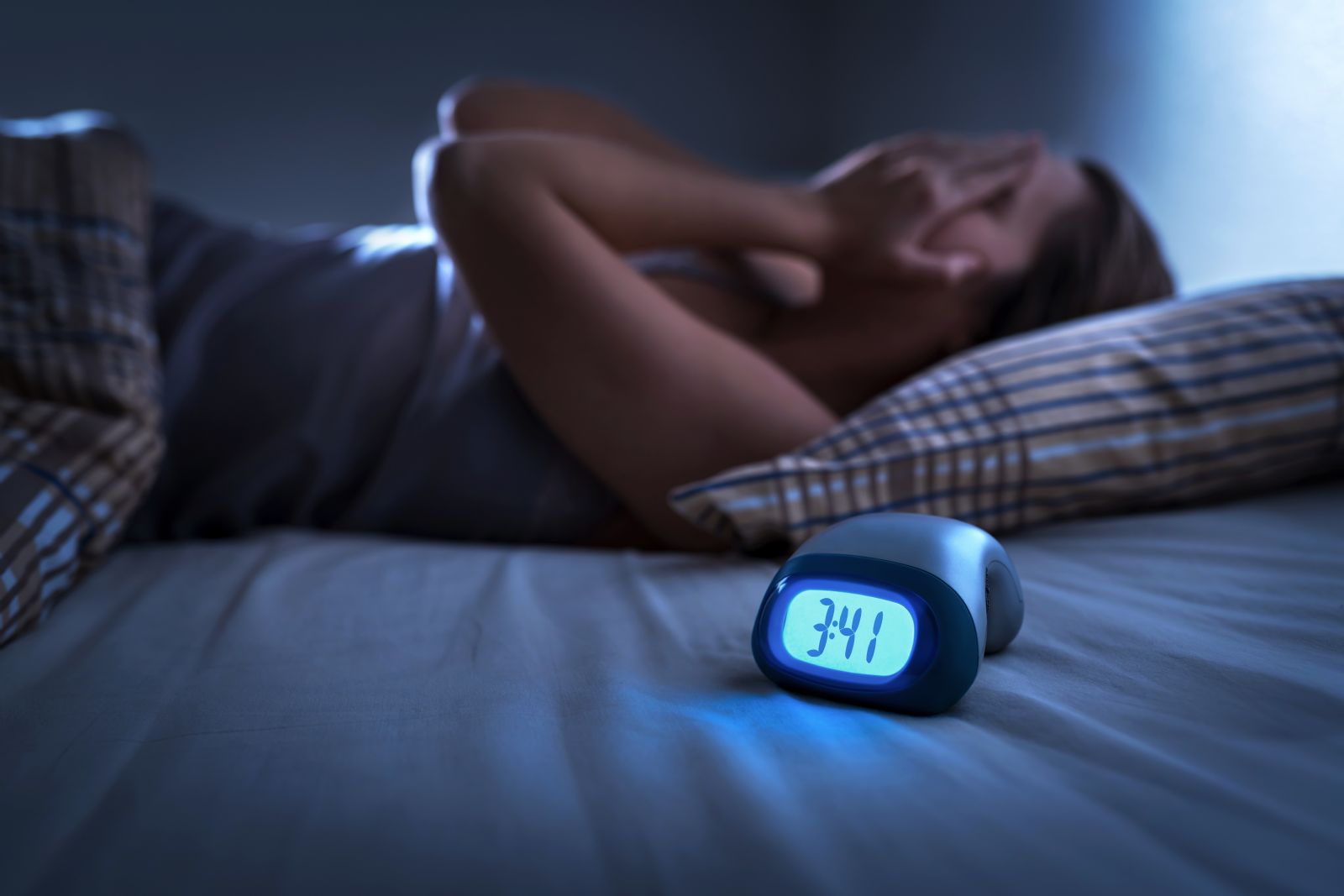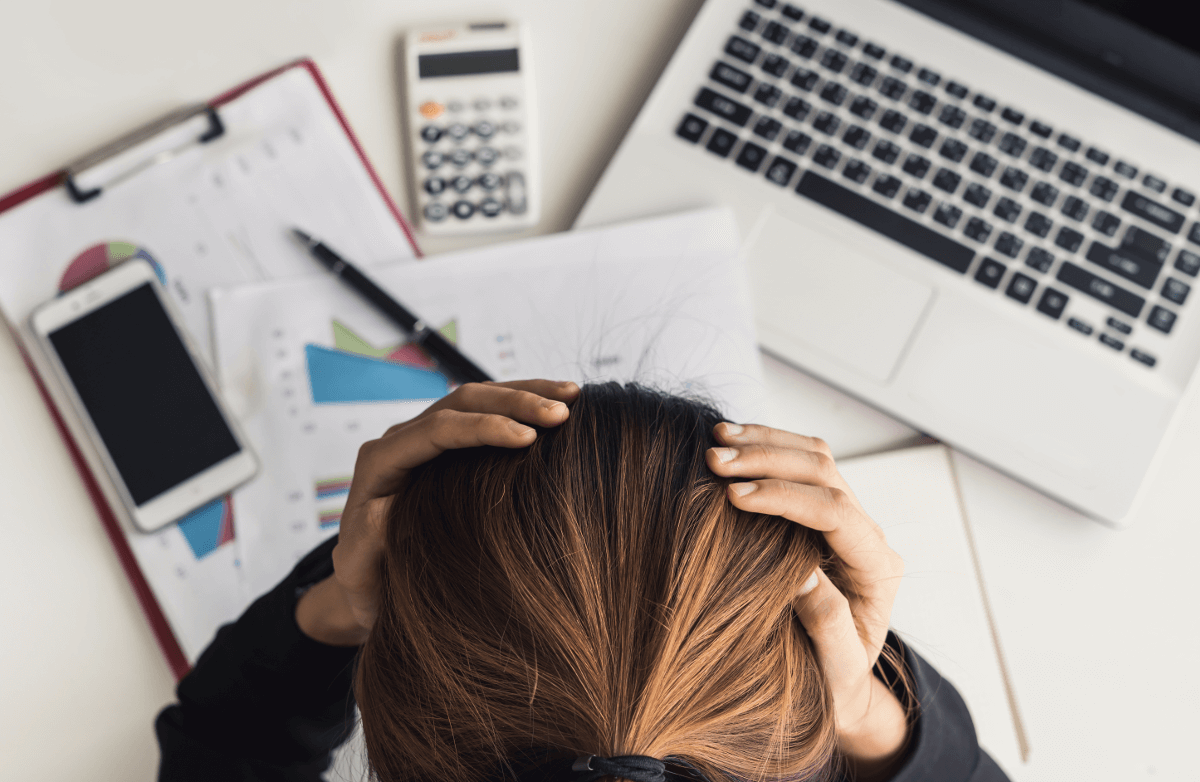For many people, money problems go beyond coping with rising prices or tweaking your budget to keep your expenses within your means; they're a way of life. No matter how much money you have, it's never enough to make you feel happy, secure, or satisfied. Dealing with money can become incredibly complex and difficult, too. It’s very easy to want more of it than you truly need; to spend more of it than you have; or to expect it to solve problems that it can't. In fact, it's not just easy to get caught up in problematic spending habits—it's almost expected of us.
The advertising and credit industries have done amazingly well at transforming money (and all the things it can buy) into potent symbols of personal power, status, success, and even personal identity. If you want to be successful, buy a fancier car! As a result, the difference between what we need and what we want has become harder to define. The connection between who we are and the things we have has become much more confusing than it needs to be. And the ability to manage money and spending with simple math and logic is often lost in a sea of strong feelings, needs, and insecurities.
If all of this sounds similar to the issues many people have with body image and emotional eating, that’s because it is.
There’s an old saying about money that you often hear in self-help circles: "If the only problem you have is a money problem, then you don’t have any problems." What this slogan is pointing out is that most problems with money aren’t really money problems, and you can't solve them by getting your hands on more money. The real problems are the attitudes, expectations, feelings, and assumptions we have about ourselves and the things we desire or think we need.
We don’t make up these problem-causing assumptions ourselves. We pick them up from the people and culture around us. Unfortunately, it’s more difficult to pick up the strategies we need to inoculate ourselves against the constant barrage of advertising, easy credit, and social pressures that make it so easy to use money and spending in self-defeating ways. But you can do this for yourself if you’re willing to do a little work.
The feelings and thoughts that lie beneath bad money habits can run the gamut from depression, anxiety, loneliness, boredom, and other emotional problems that lead to shopping as "retail therapy," to some fairly simple and very common "mental errors" we’re all prone to make in the moments when we decide what to spend our money on.
Spending Mistake #1: Comparing Apples to Apples
Do you frequently find yourself passing up the healthier foods in the grocery store because they’re "more expensive" than junk food, only to blow $25 to take your crew out for fast food without worrying about it, because it’s cheaper than going out to a "real" restaurant? Or maybe you’ll happily spend $100 for that great blouse that’s on sale because it’s just perfect for a special occasion but can’t justify spending the same amount of money on three or four pairs of everyday jeans, because it would "break the budget."
These kinds of "irrational" spending decisions account for much of the over-spending that gets people into money trouble. What’s going on here? Are you just rationalizing what you really want to do, or falling victim to impulse buying? Probably not. You’re doing what any reasonable person would do—comparing the costs of similar items and choosing the deal that looks best. Unfortunately, you’re comparing the wrong things.
Social scientists have found that people naturally compare things when making these kinds of decisions, and usually choose the better financial deal. The problem is that our minds are "wired" to make simple, immediate comparisons (the cost of organic apple A to conventional apple B to the apple-flavored fruit snack; or the money we’d "save" by buying the blouse on sale versus the regular priced jeans). But these simple comparisons often don’t allow us to see the larger picture. In order to make the best financial decision, we need to consider several factors—not just the simple, immediate comparisons our brains want to make. But how?
The solution is simple: Give yourself time to do it before you’re in the situation where the buying actually happens. You can easily see that you’ll be able to afford the healthier groceries if you skip one trip to the drive thru, and that $100 spent on a blouse for one special occasion doesn’t really stack up well against several pairs of pants you can use on a regular basis for months, no matter how great the sale price is. But you’re not likely to think along these lines while you’re actually wandering through the store—your brain just doesn’t go there unless you push it. Luckily, you can retrain your brain to keep the larger picture in mind with these simple action steps:
- Sit down to establish your spending priorities, and then assign a budget amount to each priority. Do this at the beginning of every month, week and/or shopping trip. Make a list of what you need and take it with you when you go shopping. Don’t buy anything that isn't on the list unless you’ve bought everything else on the list—and have money left over.
- Institute a "cooling off" period before every unplanned purchase (or purchase that costs more than you've budgeted). Don’t let yourself buy something on the spot. Place the items on hold, give yourself some time to think it over, and go back later if it still makes sense to you.
- Focus on the right number. If an item on sale is calling your name, don't focus on how much you'll save, focus on what you'll have to spend. Ask yourself if this item fits in your budget, and if not, decide what you're willing to take out of your budget to make room for this extra expense.
- Imagine you're shopping with someone else's money. Ask yourself whether you’ll be able to justify spending their money on the item you want to buy. If not, put it back on the shelf.
Spending Mistake #2: Confusing Wants and Needs
When you live in a culture that bombards you daily with hundreds of emotionally manipulative images, carefully designed to convince you that you need all kinds of dubious things in order to live the good life, your first line of defense is to have a strong sense of what you really need. Some of your needs are obvious: food, shelter, clothing, transportation, and so on. You’re probably good at prioritizing these needs and budgeting your money so they are covered before you spend on discretionary items.
But there’s a gray large area where needs and wants start to overlap. Do you need a $400 designer purse, or will the $40 one do the trick? Just how many movies or restaurant meals do you really need each month? There’s not much point in working hard for the money you earn, only to deprive yourself of using it to have some fun or buy some things you want even though you probably don’t "need" them. Obviously, the point here is moderation and good judgment—not being puritanical or saintly with your wages.
If your income is reasonable and you still have persistent money problems, then your wants are influencing your buying decisions more than your actual needs. You'll need to work on defining these two categories more clearly for yourself. How?
The solution: The first step is to figure out how big this problem is and how it manifests itself most often. One good way to do this is by taking an inventory of your possessions. Then you can make some decisions about what, specifically, needs to change to keep your spending more in line with your budget and priorities.
Action steps: Spend an hour or two going through the possessions in your home, including closets, drawers, and storage areas, and pull out all the things you’ve purchased in the past and only used once or a few times. Put all these things out on the floor, in piles according to what type of item they are, such as clothing, shoes, toys, kitchen gadgets, electronics, books and CDs, sports equipment, treadmills, or anything else. If you have lots of stuff on the floor, you can take that as evidence that you tend to buy a lot of things you don’t really need, and the larger piles will identify your biggest problem areas. Now, take some photos of those piles, and put them in places where you’ll see them when you’re getting ready to go shopping (don’t forget to put one on your computer if you shop online a lot). Put one in your wallet, next to your debit or credit cards. Use these photos as reminders of how much you already have. Then ask yourself, do I really need to add to this pile?
Obviously, these are just two of the many problems people face when it comes to making good choices about using their money. When you have discretionary income in today's society, it's as if you're a kid in a giant, diverse candy shop. But the best solution to all of your money difficulties is to be clear about your own values and priorities. Learn to recognize how vulnerable you (and others) are to having your feelings, needs, and insecurities manipulated by advertisers and merchandisers. And to make sure you can deal with these feelings and needs without "having" or buying things.













